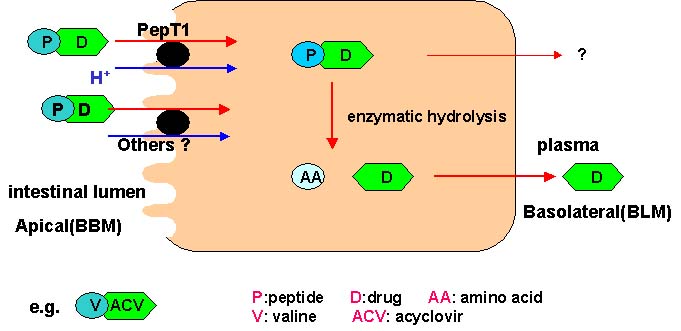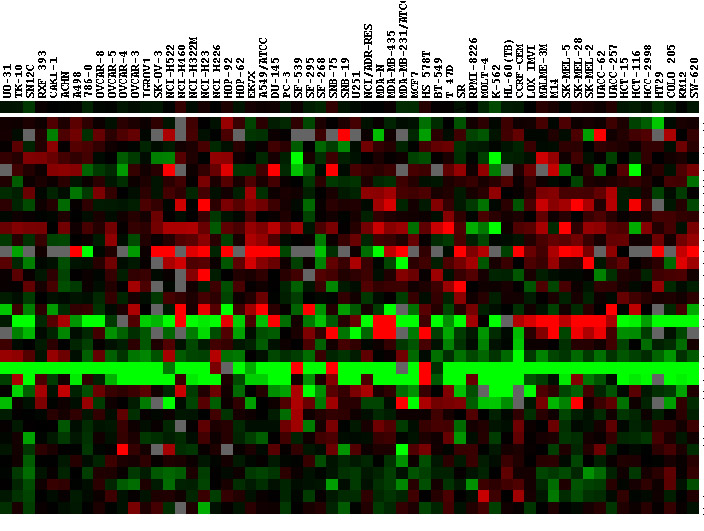
Research Projects
Listing Row
- Prodrug targeting using transporters and enzymes
"A better understanding of the structure and function of the cell membrane and its components is providing drug developers with new avenues for breaching the cell's outer defenses to deliver drugs or DNA" writes Joe Alper in the May 3rd, 2002 issue of Science. The Amidon lab is well known for it's findings and studies done on peptide transporters in the intestine and their use in prodrug targeting/delivery. Dr. Amidon says "Getting a potential drug past the cell membrane to reach its target is a huge challenge and one that we often fail at, and even when we have succeeded, it's largely been because of serendipity, not because we actually understood how to do it." Transporters have been a focus of the work in the Amidon lab for a long time. Many of these membrane-bound molecular transporters are unique to particular organs, which could eventually lead to tissue-specific drug delivery, long a goal of medicinal chemists. And recent work in Amidon's laboratory shows that tumor cell lines contain a collection of transporters different from those of healthy cells, which raises the hope of targeting tumors through their transporters. From Science May 3rd, 2002 page 838.
The prodrug approach to drug targeting broadly consists of two steps:
- Prodrug entry into the specific tissue
- Conversion of prodrug to the active drug in the tissue

Bioinformatic tools have been used for the identification of new targets for anti-cancer prodrug delivery. This will mark a new era in the drug absorption, transport and delivery, a beginning for molecular biopharmaceutics. The information available in our lab expression databases in addition to public information is skimmed using various software tools to shortlist possible targets and various studies done to understand the feasibility of those targets for prodrug delivery. The microarray and Genechip data provide powerful information for designing prodrug targeting strategies. Below is a treeview image of various genes expressed in 60 cancer cell lines.



